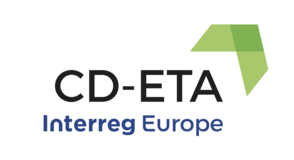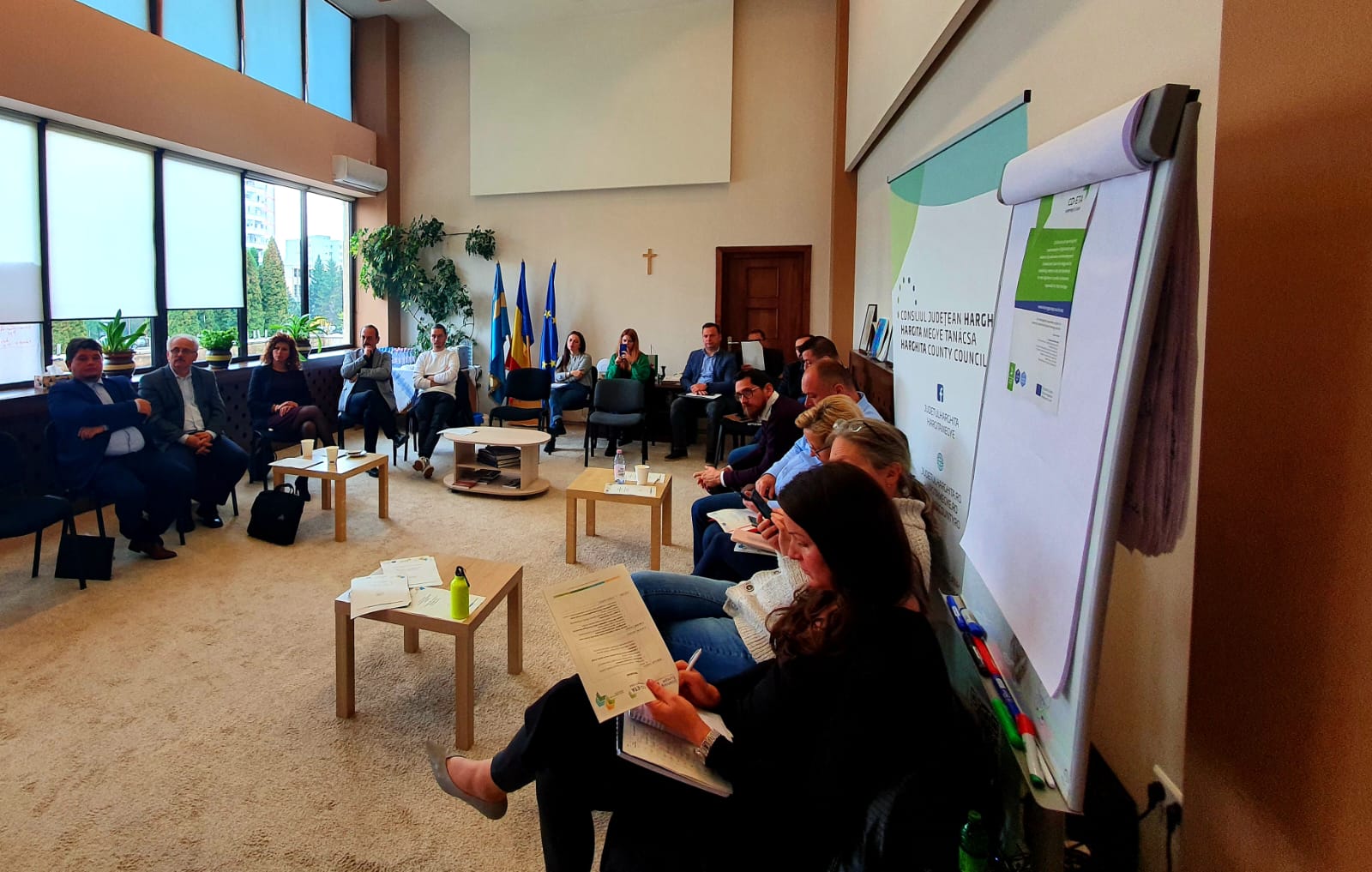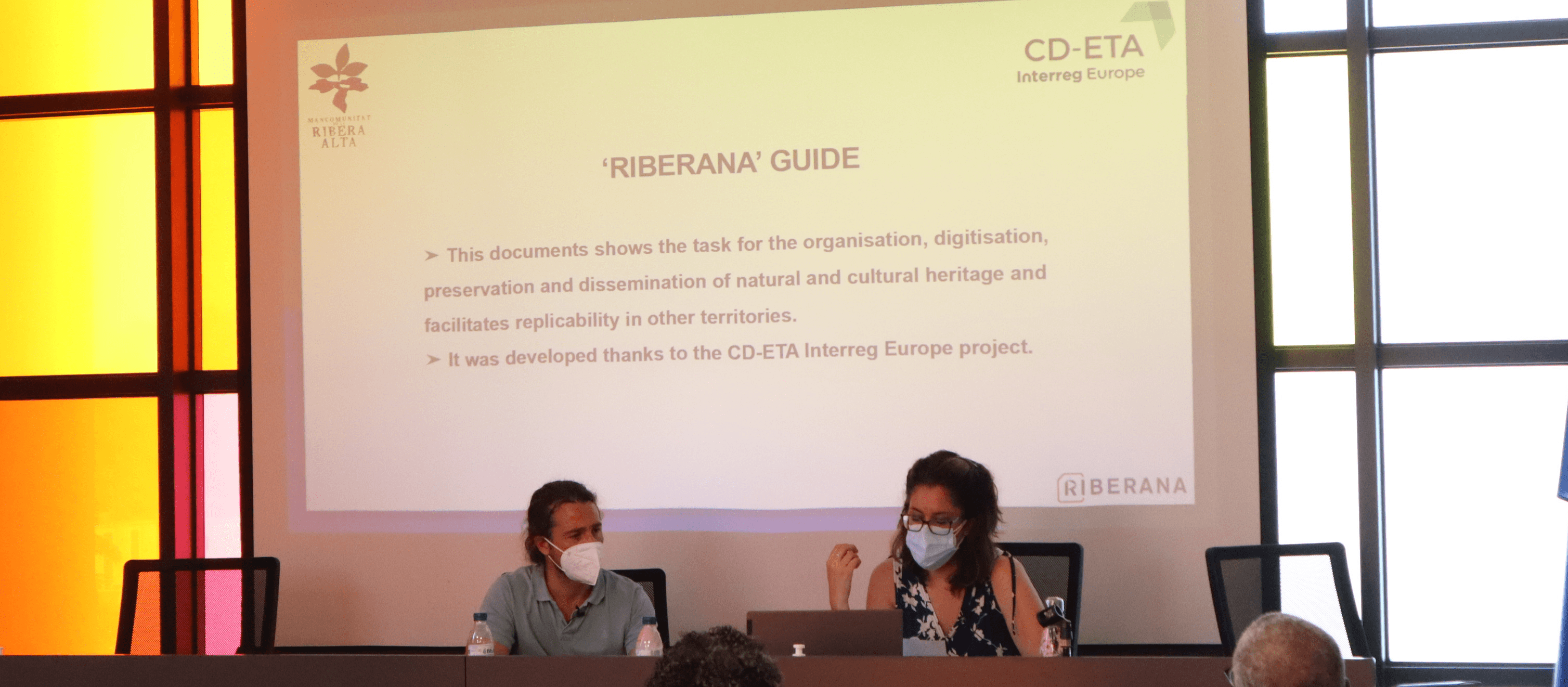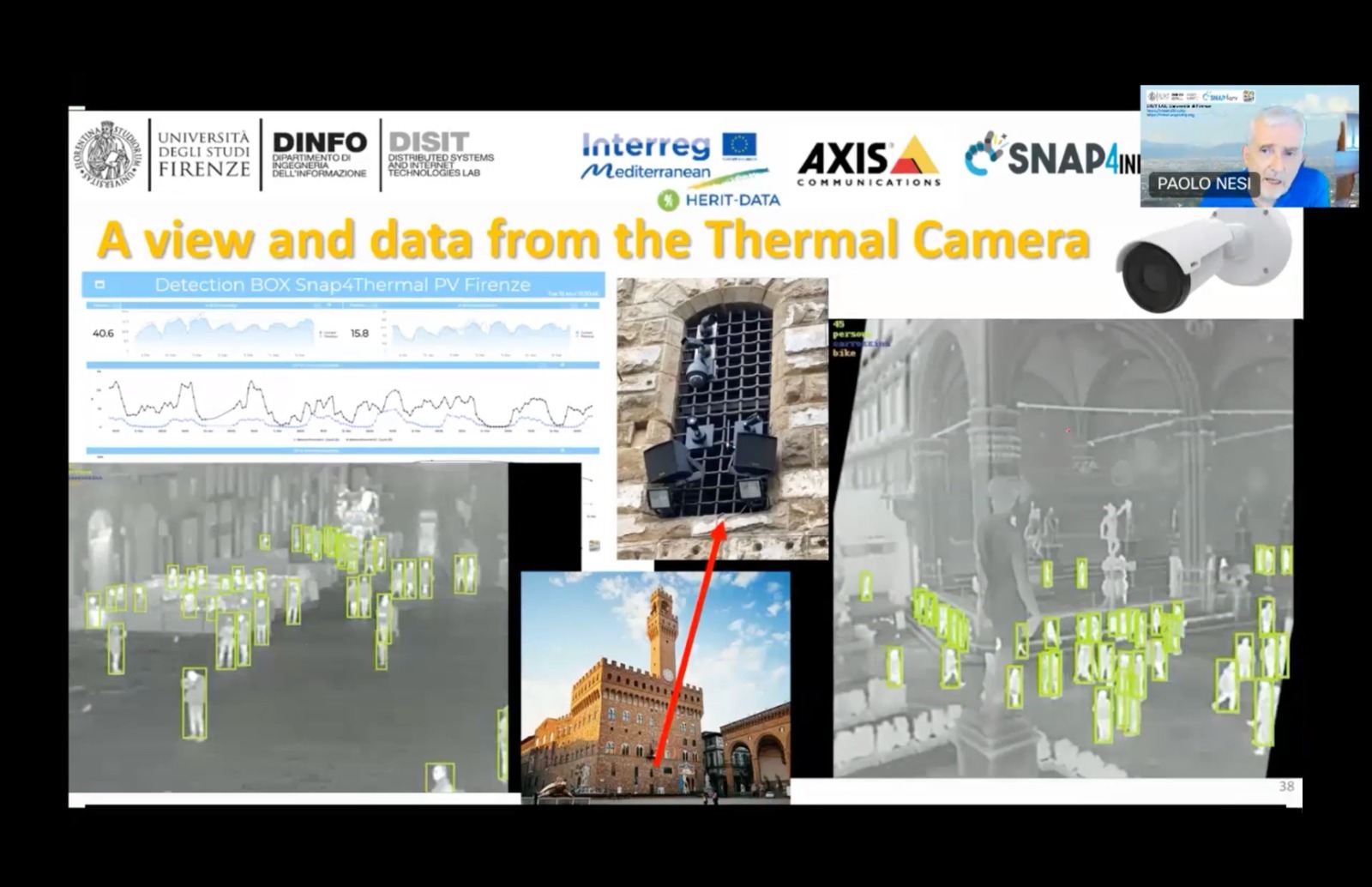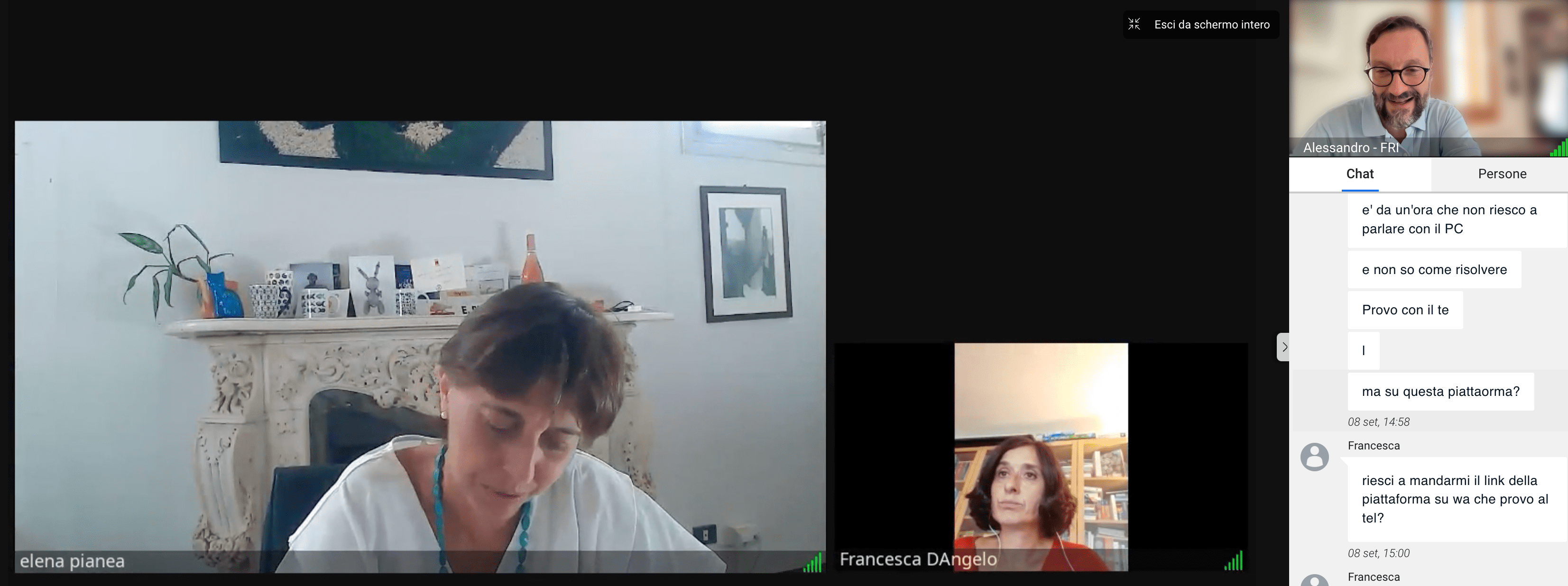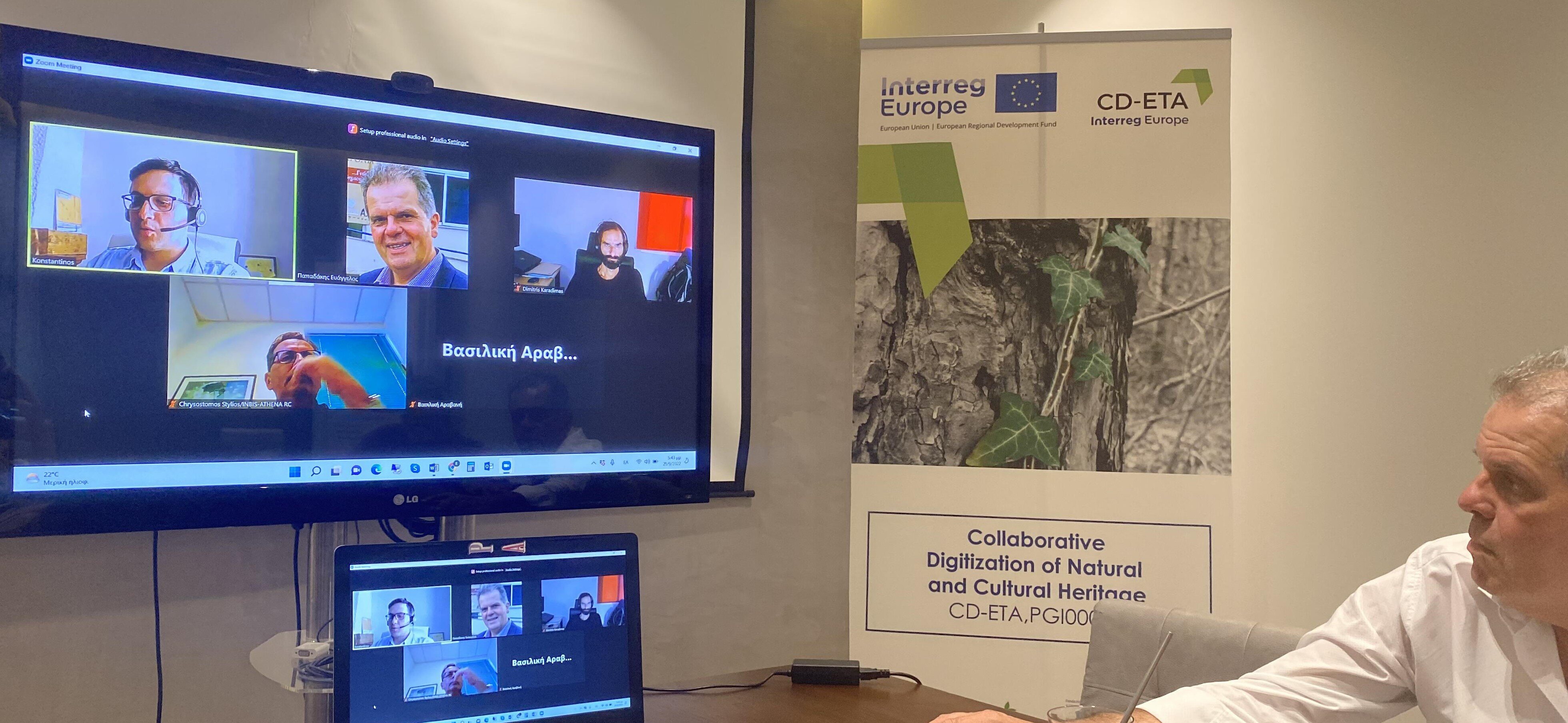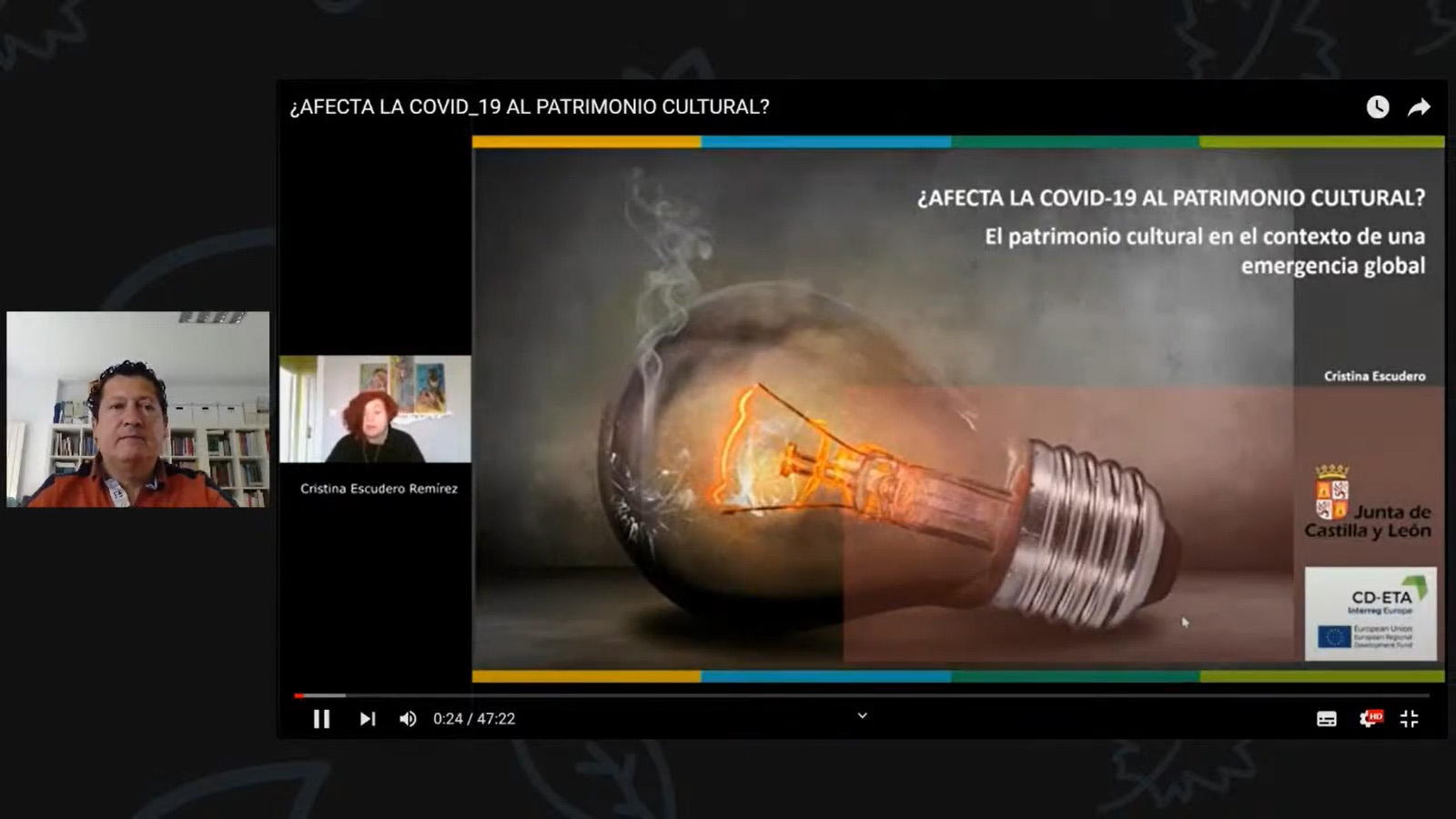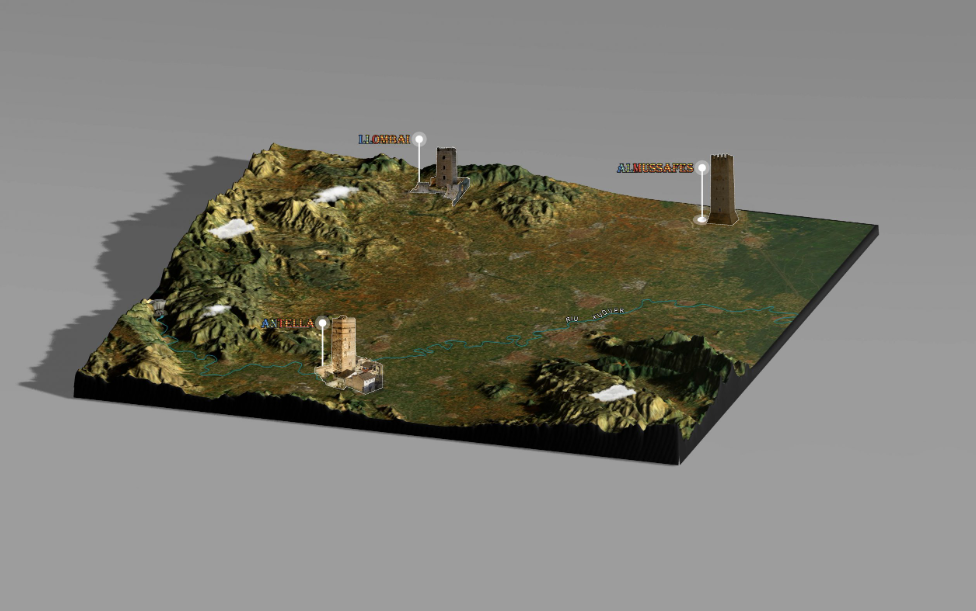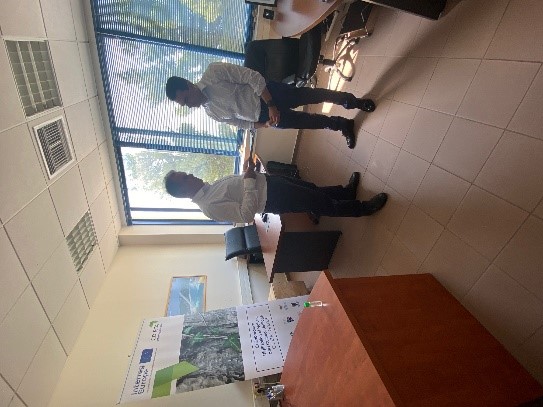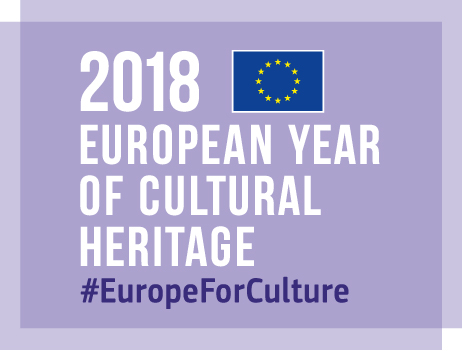On June 27th, an online conference was held entitled: Digitisation of Cultural and Natural Heritage in times of pandemic. Measures and solutions.
The Santa María la Real Foundation organised the meeting with the Stakeholders of the CD-ETA project in which it participates and invited the participation of the public interested in these issues. The arrival of COVID-19 posed a challenge for our cultural and natural heritage, the different heritage resources were affected by the impossibility of carrying out their usual activities, and the restrictions on mobility and capacity had a negative influence on the management and enjoyment of these spaces.
Different institutions created protocols for action, firstly to protect the heritage from the preventive and sanitary measures adopted, which in some cases threatened its preservation and conservation, but imaginative solutions were also devised to ensure that our heritage could continue to be enjoyed by the public. The digitisation of heritage proved to be a powerful ally in achieving these objectives and also in establishing working guidelines that will help in the future in the face of probable new disasters. To analyse these issues, three experts in the field tried to analyse some examples developed over the last two years along the lines outlined above. This day was a preliminary step to a broader seminar that took place on 28th and 29th June with the participation of different European institutions showing some cases of Good Practices and the partners involved in the project with their own Stakeholders.
In this conference held in Aguilar de Campoo, the following participated as speakers:
- Fernando Brugman. Culture Programme Specialist UNESCO. Digitisation of Cultural Heritage for needs assessment after a natural disaster.
- Francisco Balado. University Extension and Cultural Development Coordinator. UNED Ponferrada Associated Centre. Chair of Sustainable Territories and Local Development. The cultural heritage of Ponferrada. Towards an integrated management model
- Cristina Escudero. General Directorate of Cultural Heritage of the Junta Castilla y León. Does COVID-19 affect Cultural Heritage?
The latter was resuming its participation in the previous Stakeholders meeting.
Fernando Brugman, explained how the creation of a Digital Inventory in El Bierzo is a project carried out by the Instituto de Estudios Bercianos (IEB), in collaboration with the UNED (Universidad Nacional a Distancia) and the Biosphere Reserve of Los Ancares in León, whose objective is to safeguard the intangible assets of the area and subsequently contribute to the creation of a broader inventory at a regional level. With COVID-19, unlike immovable heritage, the damage to intangible cultural heritage is substantial and immediate. The losses in economic flows related to the organisation and enjoyment of the manifestations of this heritage are considerable. For this reason, this project is approached as one of the strategies to achieve the public administrations objective of improving cultural and intangible heritage and to serve as a solution to some of the challenges posed during the pandemic.
For his part, Francisco Balado shared the research project developed by the UNED associated centre in Ponferrada Preventive conservation and emergency protection of the cultural heritage of the municipality of Ponferrada, which aims to generate a system of good practices in this area, as well as the consolidation of a management system for the cultural heritage of the municipality of Ponferrada based on preventive conservation and emergency protection, such as COVID-19.
Cristina García Escudero project manager UGRECYL (Castilla y León Cultural Heritage Risk and Emergency Management Unit) during the pandemic and is therefore a valid interlocutor with the regional administration to influence the policy changes sought in a project such as CD-ETA.
The meeting held on June 27th was a way to prepare FSMLR Stakeholders for the subsequent Thematic seminar.
